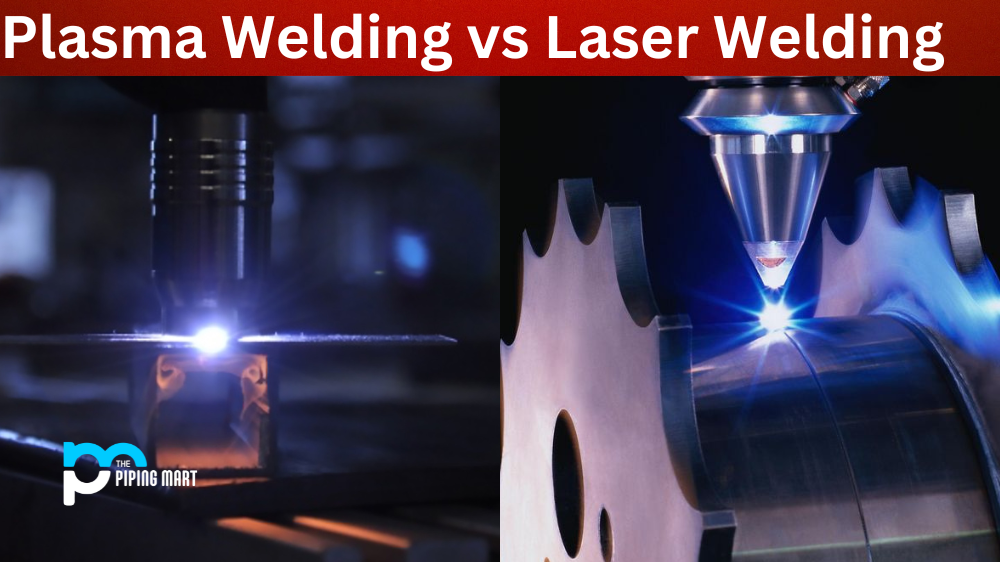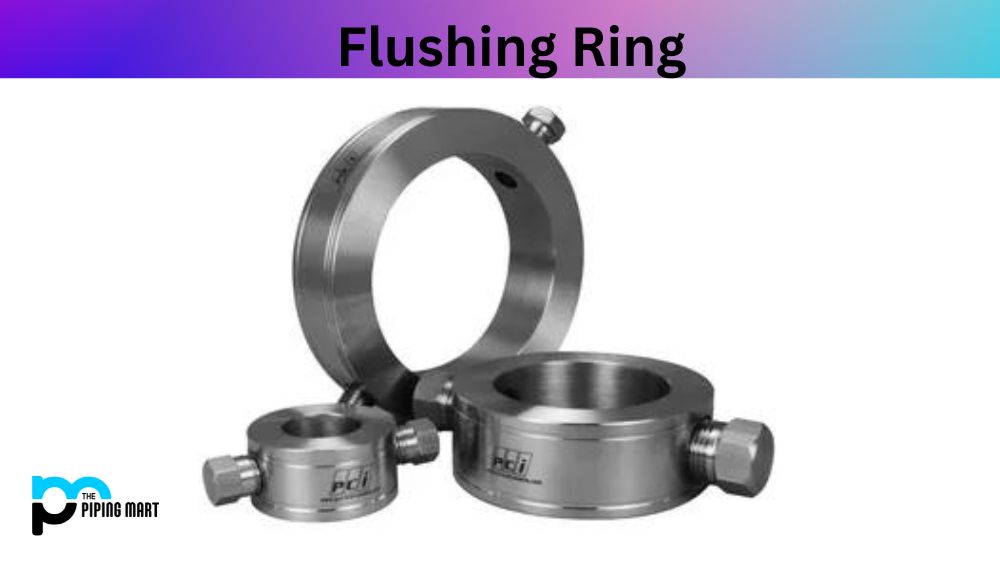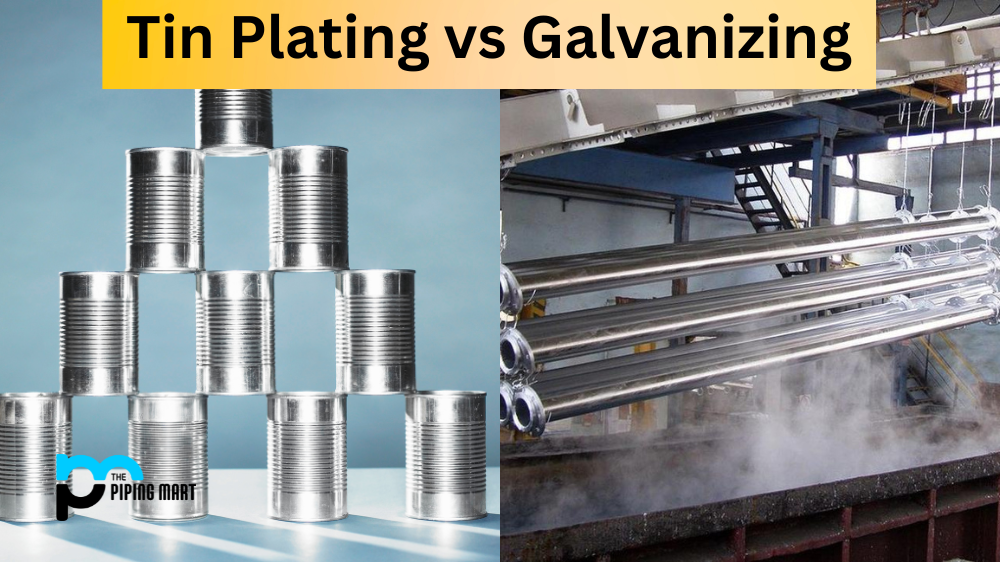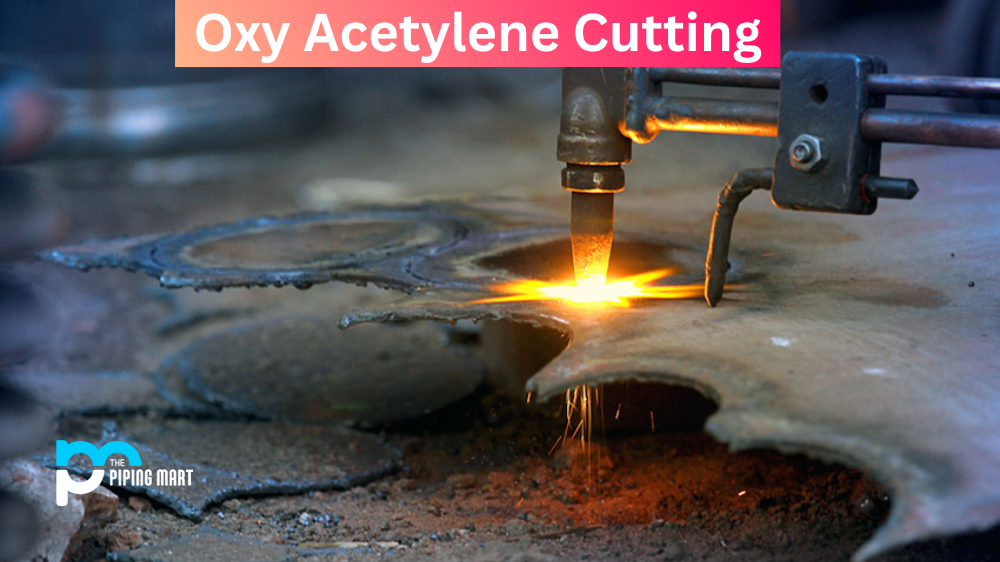Many industrial workers are familiar with welding techniques. But what about plasma welding vs laser welding? What exactly is the difference between these two methods? And which is best for your application? Let’s take a closer look and find out.
What is Plasma Welding?
Plasma welding involves using an electrical arc to create plasma from a mixture of gas and air. This plasma is then used as a heat source to melt the metal being welded together. It’s a relatively simple process that requires minimal setup and can be done quickly. The results are highly reliable, and the weld is extremely strong. However, it does produce some oxidation which reduces its effectiveness in certain applications.
What is Laser Welding?
Laser welding, on the other hand, uses an intense beam of light to heat the metal being welded together. This light can be focused on very small areas, making it ideal for precise jobs such as welding thin sheets of metal or intricate shapes. It also doesn’t produce any oxidation and produces very little distortion in the material being worked on, making it much better suited for certain applications than plasma welding. However, it does require more setup time and is more expensive than plasma welding.
Difference Between Plasma Welding and Laser Welding
- Plasma welding is a type of welding that uses a plasma torch to create an electric arc between the workpiece and the electrode. The plasma torch ionizes the gas around the electrode, creating a plasma that conducts electricity.
- Plasma welding is faster than traditional welding methods and can be used to weld metals that are difficult to weld using other methods.
- Plasma welding is more expensive than traditional welding methods and requires special training to use.
- Laser welding is a type of welding that uses a laser to create an electric arc between the workpiece and the electrode. Laser welding is faster than traditional welding methods and can be used to weld metals that are difficult to weld using other methods.
- Laser welding is more expensive than traditional welding methods and requires special training to use.
- Both plasma welding and laser welding have advantages and disadvantages over traditional welding methods.
Conclusion:
When choosing between plasma welding vs laser welding for your project, there are several factors to consider, such as cost, speed, accuracy, and quality of results. Plasma welding is fast and reliable but has some drawbacks in terms of oxidation production and distortion in the materials being worked on. Laser welding produces highly precise results with almost no oxidation but does require more setup time and is more expensive than plasma welding. Ultimately it comes down to what type of job you need to be done – if accuracy and minimal distortion are vital concerns, then laser welding may be the best option; if speed or cost-effectiveness is more important, then plasma welding might be the better choice. Consider all your options carefully before making a decision!

Abhishek is a seasoned blogger and industry expert, sharing his insights and knowledge on various topics. With his research, Abhishek offers valuable insights and tips for professionals and enthusiasts. Follow him for expert advice on the latest trends and developments in the metal industry.




